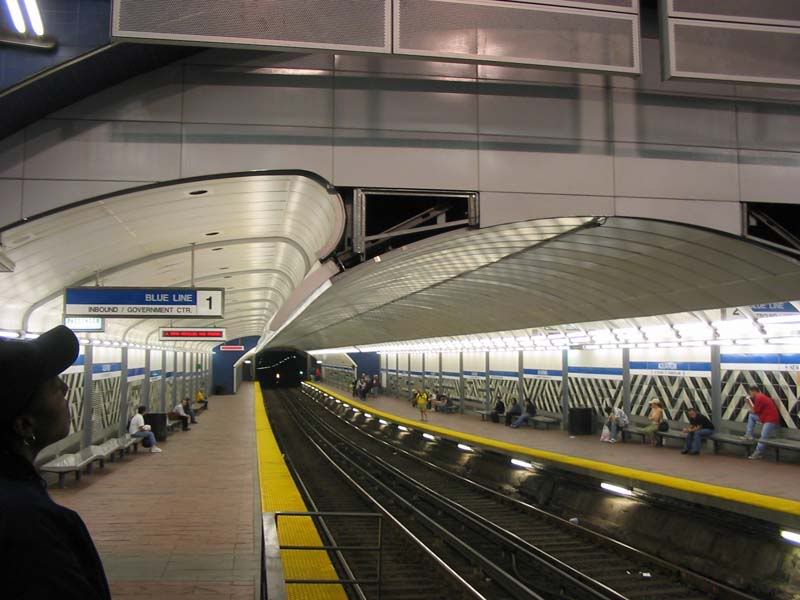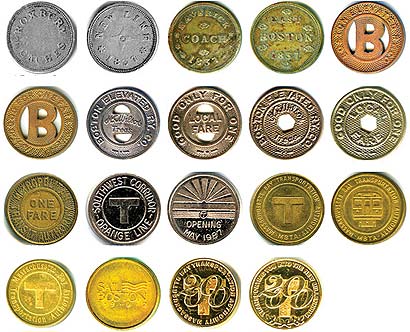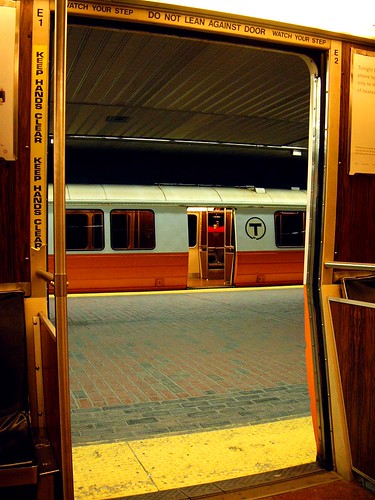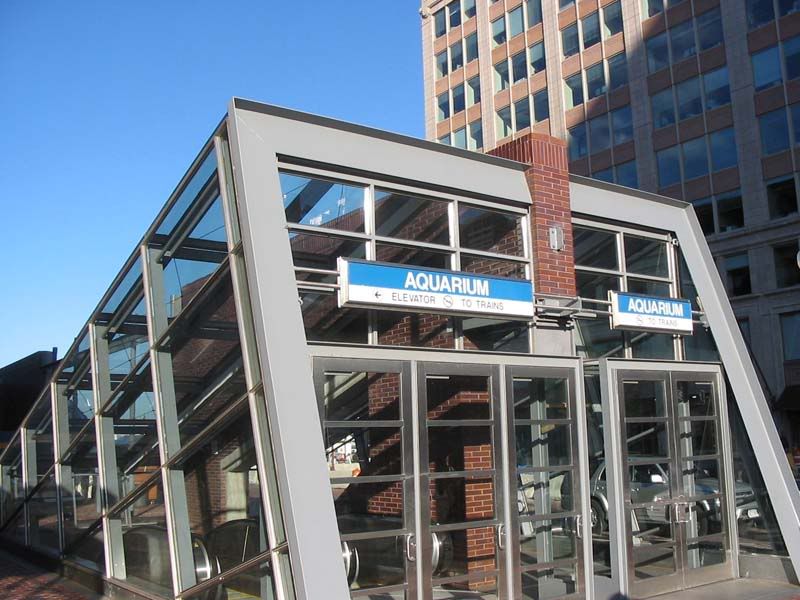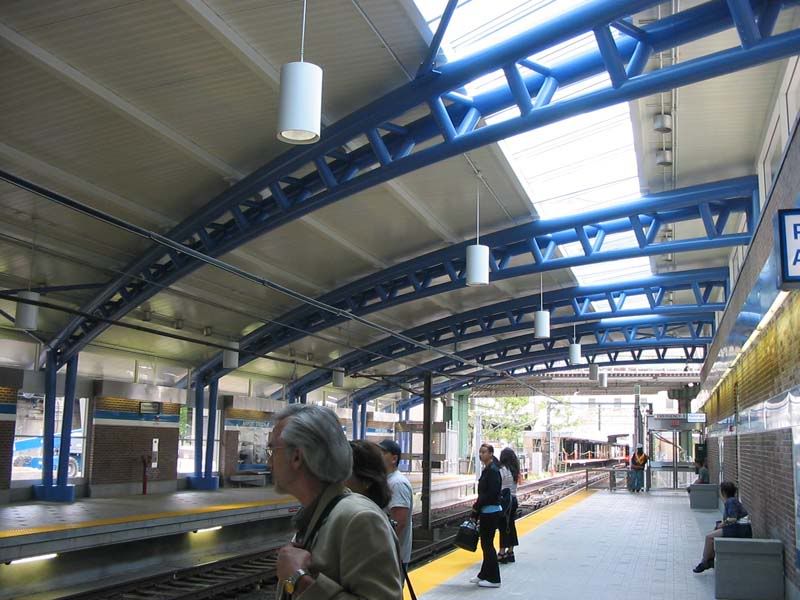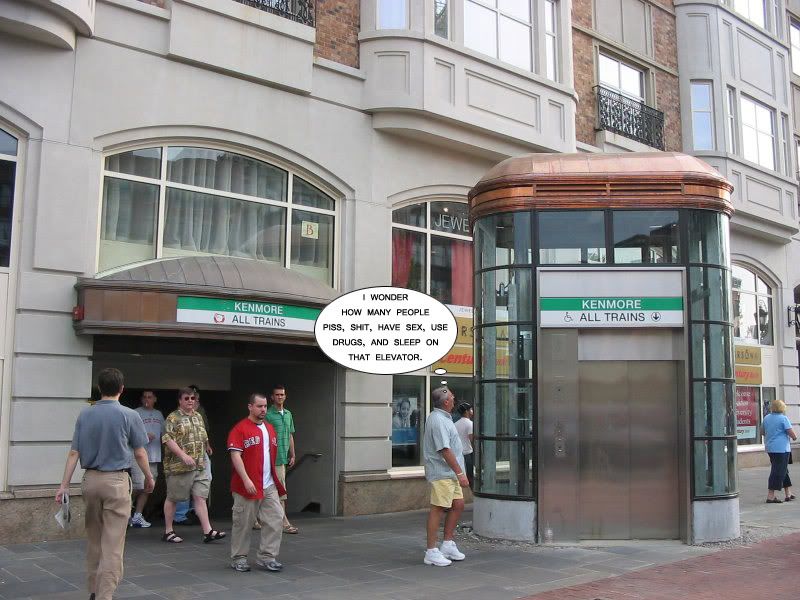ACLU threatens to sue over limits to photographing the T
By Mac Daniel, Globe Staff | June 13, 2006
The American Civil Liberties Union of Massachusetts has threatened to sue the MBTA over its unwritten policy limiting photographs on T property, saying the practice is a violation of the First Amendment and state constitution.
``We fully understand and support reasonable efforts by the MBTA to address concerns about criminal and terrorist activity," wrote John Reinstein , legal director of the ACLU of Massachusetts, in a letter sent Friday to MBTA Transit Police Chief Joseph C. Carter . ``We respectfully submit, however, that prohibiting photographs of or on transportation vehicles in full view of the public is neither reasonable nor necessary."
He said the ACLU of Massachusetts will sue the Massachusetts Bay Transportation Authority if the issue remains unresolved. Reinstein said he sent the letter to Carter after being approached by several amateur photographers who said they had recently been prohibited from taking photographs of the T from public property or while lawfully traveling on the system.
``There's absolutely no rationality to it," Reinstein said in an interview yesterday. ``It's generally an unwritten rule about what's allowable and what's not."
Attorney Jonathan M. Albano, who represents The Boston Globe, also signed the letter to Carter.
MBTA officials acknowledge that the T has no written policy on photography on the T system. Spokesman Joe Pesaturo said the agency handles those issues on a case-by-case basis. Tourists generally are allowed to photograph family members in key transit spots , he said .
However, Pesaturo said T police are allowed to question photographers and, if necessary, ask them to stop taking pictures.
Pesaturo said the T has made no arrests of photographers who have not abided by the restriction, which officials said has been around for at least a decade.
The T also issues photography permits, which are good for about a month and given to journalists or hobbyists working on long-term projects.
MBTA General Manager Daniel A. Grabauskas said the ACLU letter was ``insulting and naive" to the T's security concerns, citing the terrorist bombings in London and Madrid as examples of the agency's need to be vigilant.
``We need to consider ourselves as prime targets for terrorism," he said. ``One of the things that has been abundantly clear in all of these attacks is that the terrorists have been meticulous . . . and cased the joint in just about every case."
Similar photography limits are in place at other transit agencies, officials said.
At the Metropolitan Transportation Authority, which runs New York City's subways, a proposed ban on all photographs and videotaping on all subways and buses was met with so much opposition that the authority dropped the plan in March 2005. The MTA's current, unwritten policy is similar to the T's. It allows people to take pictures as long as they are not in ``sensitive " areas.
MTA spokesman Tim O'Brien said police have the right to ask a photographer to stop taking pictures.
The Chicago Transit Authority allows personnel to evaluate the actions of photographers on a case-by-case basis .
David Z. Maze , 28, a computer programmer from Somerville and a public transportation hobbyist, has taken dozens of photographs around the T system and never been stopped, though he called the T's current policy misguided. He is not among hobbyists who approached the ACLU for help.
``There's a lot of information to be had just by being observant, and by looking at pictures already available on line," he wrote in an e-mail reply to questions. ``I don't think making it difficult to get photo permits means that terrorists can't plan out evil deeds."
Mac Daniel can be reached at
mdaniel@globe.com.
